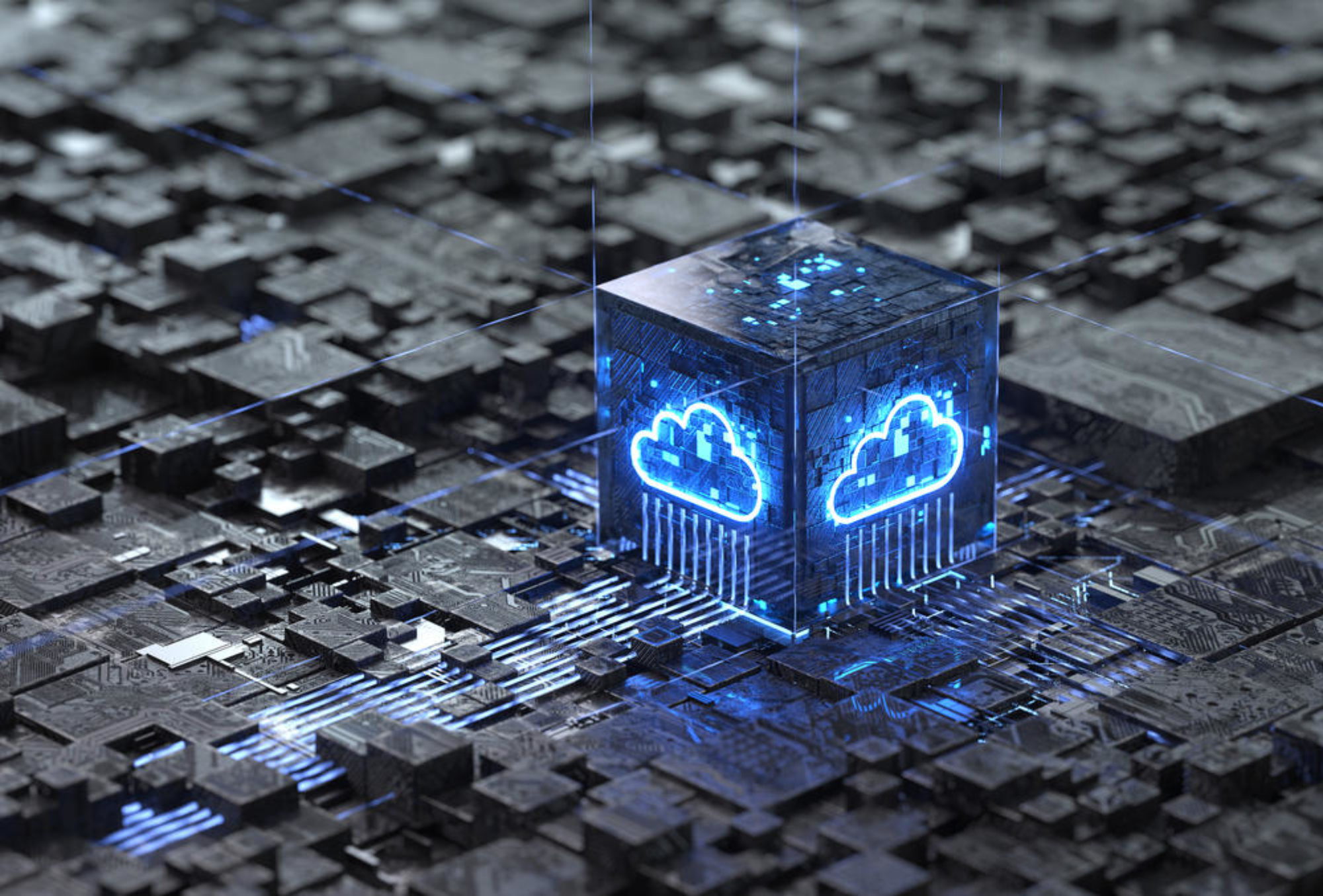A democratization of compute and storage
Cloud computing only induce operational expenses (OPEX). In other words, there is no need for a large initial investments in powerful hardware etc. (CAPEX). As a consequence super computing and storage is now readily available without raising a 6-digit budget, which makes HPC and HTC feasible even for garage start-ups rather than being tools limited to world leading enterprises.
Pay for what you use
When using cloud resources you are charged for your time usage of compute (core/seconds) and storage (GB/seconds). This means you only pay for the compute, memory, network, and disk you request for your application while it is running. As a consequence the cost of running a single core application for 1000s is the same as running an application utilizing 1000 cores for one second making the cloud the ideal platform for applications supporting scaling.
Scaling
The close to unlimited scalability offered by the cloud allows for a dramatically reduction in time to insights and might completely revolutionize workflows. For the case of embarrassingly parallel HTC problems the time to solution could be reduced to as little as the time it takes to handle one single subproblem! For example, consider the rendering of an animation of 1000 frames. By scaling this problem out on 1000 cores the time to complete this full animation is achieved within the time it takes to render one single image.
Infrastructure as Code
Cloud resources are created by invoking APIs. Dedicated applications such as Terraform provide a systematic parsing of JSON/YAML like configurations into the required API calls to create the desired resources. This is concept known as infrastructure as code (IaC). Among its largest benefits of IaC is the versioning of the JSON/YAML configurations that enable quick roll-backs and disaster recovery procedures and also enable completely consistent replication of the configured hardware configurations.
